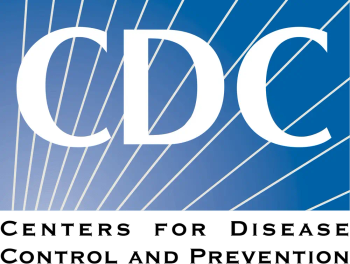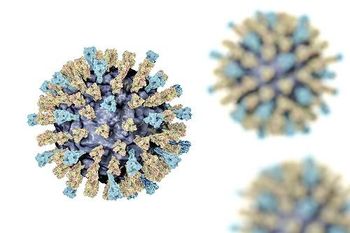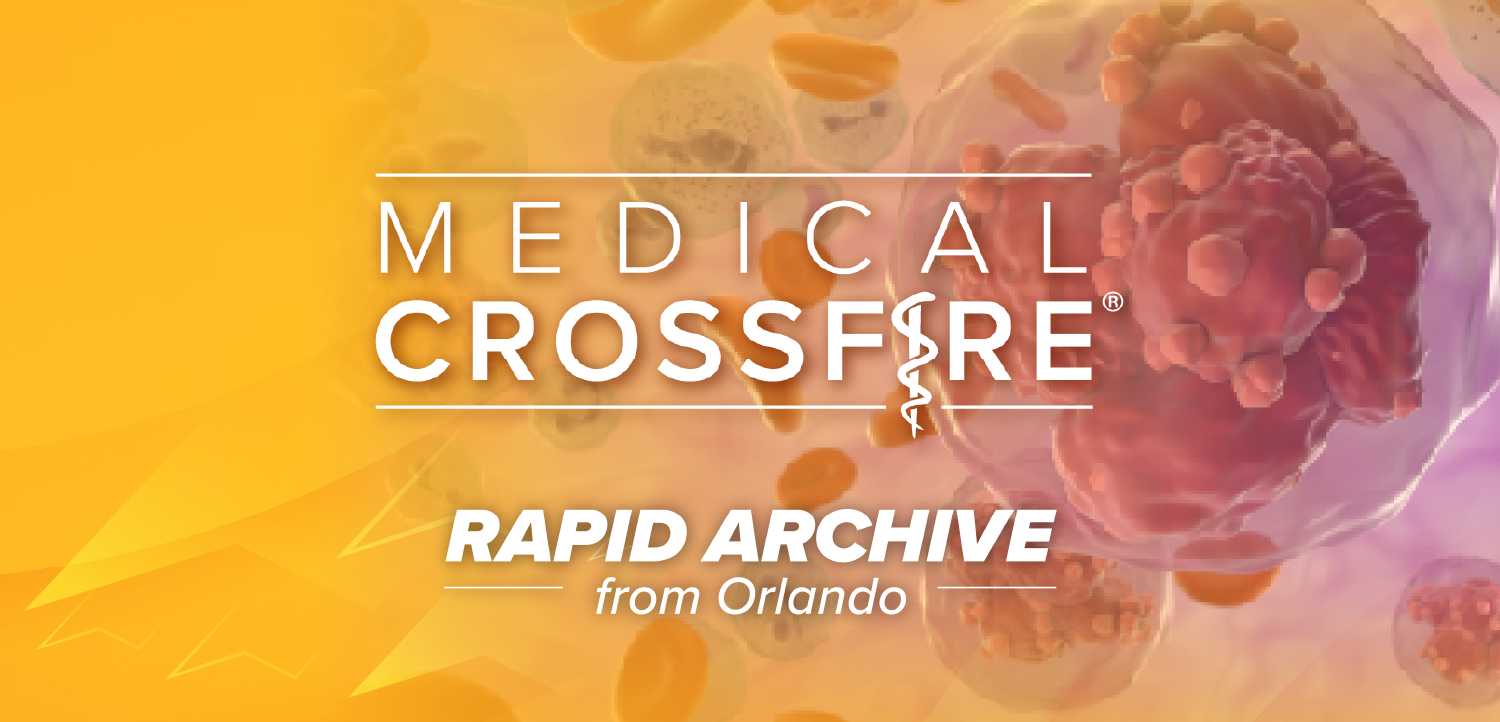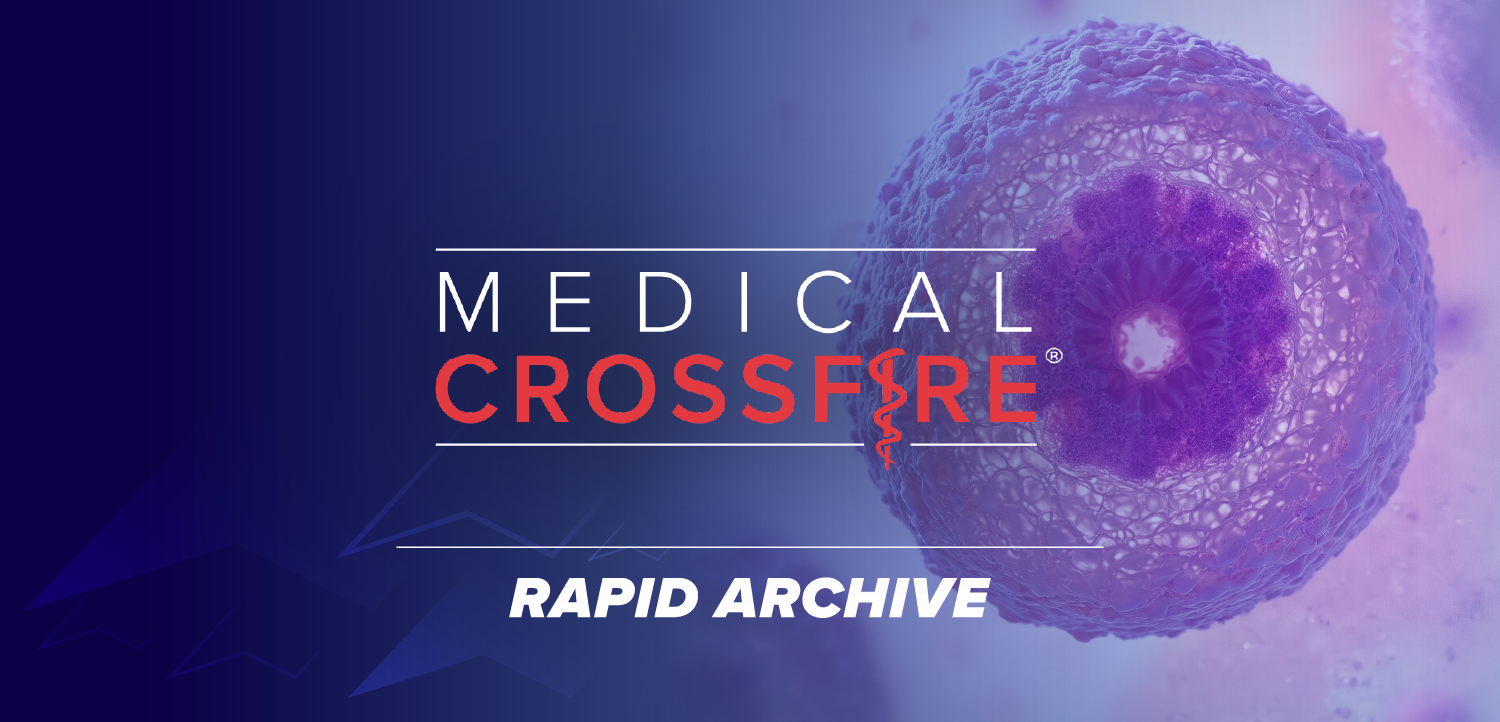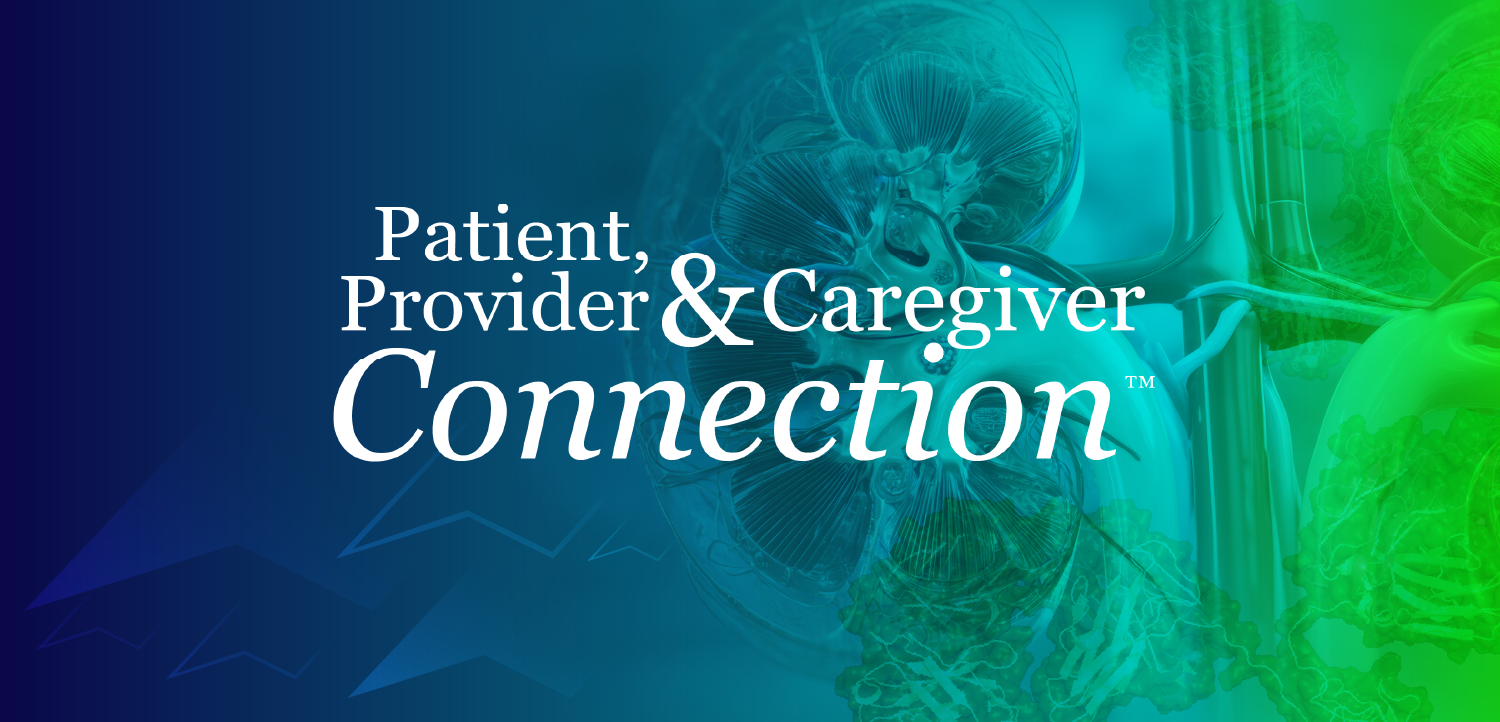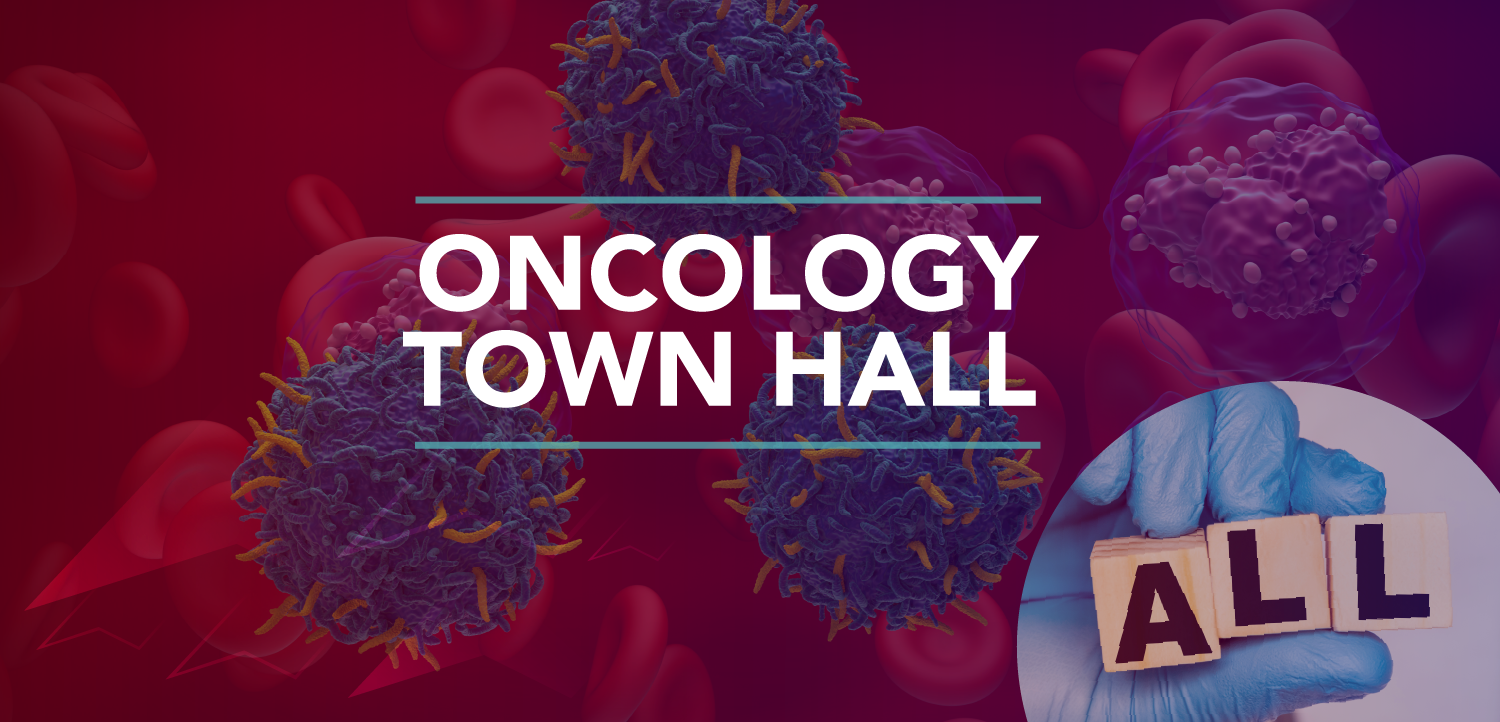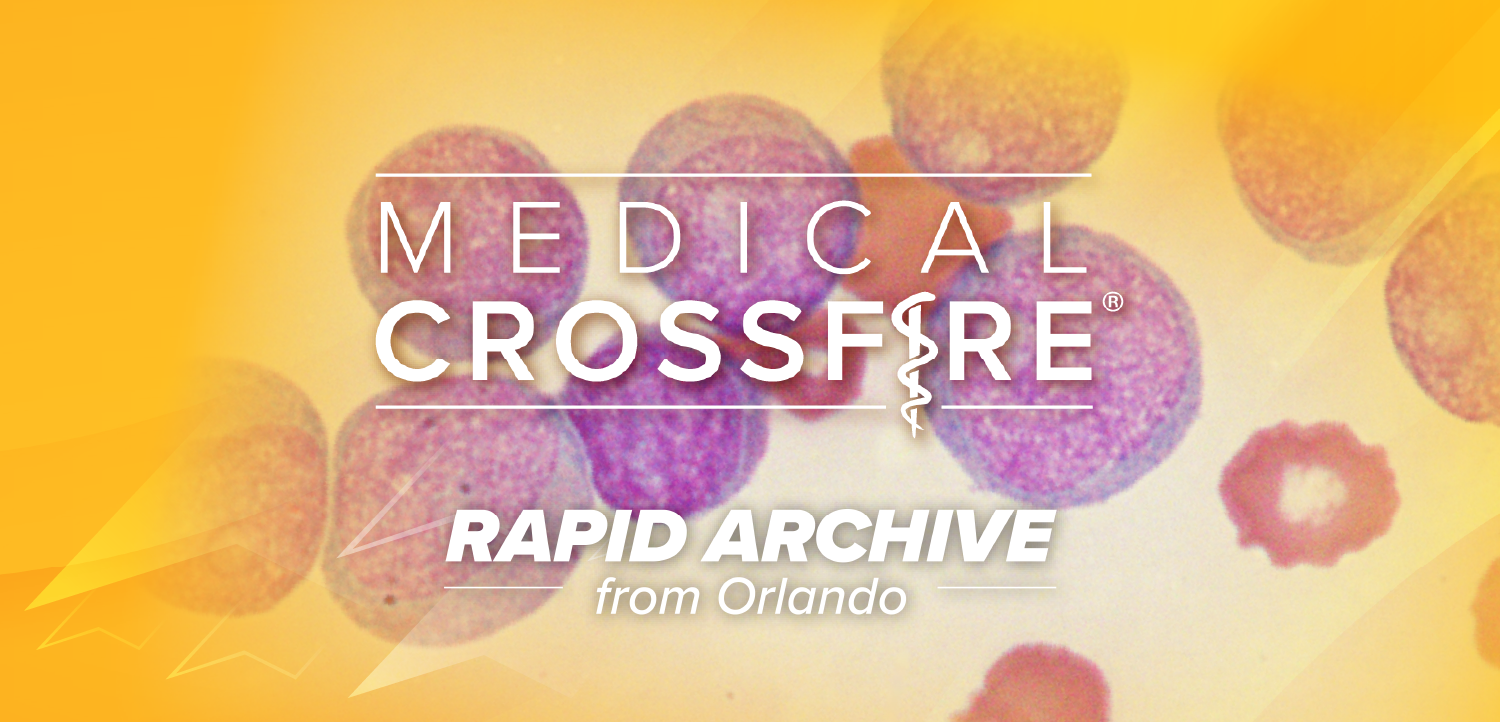A new modeling study has found that only 6.9% of carbapenem-resistant Gram-negative (CRGN) bacterial infections received appropriate treatment in 2019 across eight low- and middle-income countries (LMICs). The analysis, led by Anant Mishra and colleagues, estimates that while approximately 1.5 million CRGN infections occurred in Bangladesh, Brazil, Egypt, India, Kenya, Mexico, Pakistan, and South Africa, only about 103,000 courses of effective antibiotics were procured.
This leaves an estimated 1.39 million infections without access to appropriate treatment. India accounted for 80.5% of all antibiotic procurement, while Mexico and Egypt reported the highest rates of treatment coverage at just 14.9%. The most frequently procured antibiotic was intravenous tigecycline, which comprised nearly half of all treatments.
To calculate the burden, researchers used 2019 data from the Global Burden of Disease study, IQVIA pharmaceutical sales data for six antibiotics active against CRGN pathogens, and published case fatality rates. CRGN pathogens were selected for the model because of their high resistance and limited treatment options. These organisms are listed as critical priority by the World Health Organization due to the severity of the infections they cause and the scarcity of available therapeutic agents.
The researchers first estimated deaths from CRGN infections, then used case fatality rates to calculate total infections. They subtracted the estimated number of treated cases, adjusted for drug sales coverage and dosing patterns, from this total to define the treatment gap. The findings held across different modeling scenarios, underscoring persistent undertreatment even under conservative assumptions.
In an email interview, senior author Jennifer Elizabeth Cohn, MD, MPH, GARDP’s Global Access Director, emphasized the need to identify specific breakdowns in the care pathway.
“Unfortunately, based on the databases we assessed, we can’t see where the biggest bottlenecks are,” Cohn said. “This is an area for urgent research – knowing where the gaps are will help countries to design programs to make sure patients can get to the right treatments. Based on other research we have done with key opinion leaders, it is clear that both lack of access to diagnostics and lack of access to safe and effective treatments contribute to the gap – but it’s not clear exactly to what extent each component contributes. And it will be even more difficult to understand how many people may have infections, but no access to the formal health care system.”
Given the reliance on sales data and estimates, the study’s accuracy in reflecting on-the-ground reality in countries like India and Kenya is another point of concern. Cohn acknowledged the limitations.
What You Need To Know
A modeling study across eight LMICs found that only 6.9% of CRGN infections received appropriate treatment in 2019, leaving approximately 1.39 million infections untreated despite the widespread occurrence of over 1.5 million infections.
Researchers, including senior author Jennifer Cohn, MD, MPH, highlight the need for better data on the care cascade, identifying gaps in diagnostics, treatment availability, and health system access to close the treatment gap for drug-resistant infections.
The authors suggest using care cascade models, similar to those in HIV treatment, to track the entire treatment process and improve patient outcomes.
“There are almost certainly gaps in our data as there is less complete data to inform both the needs and the sales in low- and middle-income countries as compared to high-income countries,” she said. “We attempted to address this through sensitivity analyses included in our paper – however, we may not have made the correct assumptions to cover these data gaps. It will be critical for local researchers and experts to contribute better data so we can improve our understanding of the entire care cascade. What is clear is that there is almost certainly a gap in access – even with significant adjustments the gap remains.”
When asked about the most urgent steps needed to close this treatment gap, Cohn called for both better data and immediate action.
“We need more information – both about the need and the availability of appropriate treatments and everything in between,” she said. “However, we should not wait for perfect information – a significant proportion of patients with these types of very resistant infections are not getting the right treatments. In many of the countries we studied we know there are strong and innovative programs led by national governments and other partners that are already working to improve diagnosis, treatment and care for people with resistant infections. Those programs need more political support and resources to make sure their work can have the maximum impact. Finally, political leaders and the forthcoming Independent Panel for Evidence and Action Against AMR could support care cascade targets that will measure how well we – as a community – are doing to ensure patients get the care they need.”
The study’s authors propose that care cascade models, used effectively in HIV treatment programs, could also be developed to improve outcomes for patients with resistant bacterial infections. These models would track the sequence from diagnosis through to treatment completion, potentially helping identify system gaps and guiding policy action.
Reference
Mishra A, Dwivedi R, Faure K, Morgan DJ, Cohn J. Estimated undertreatment of carbapenem-resistant Gram-negative bacterial infections in eight low-income and middle-income countries: a modelling study. Lancet Infect Dis. Published online April 30, 2025. doi:10.1016/S1473-3099(25)00108-2


